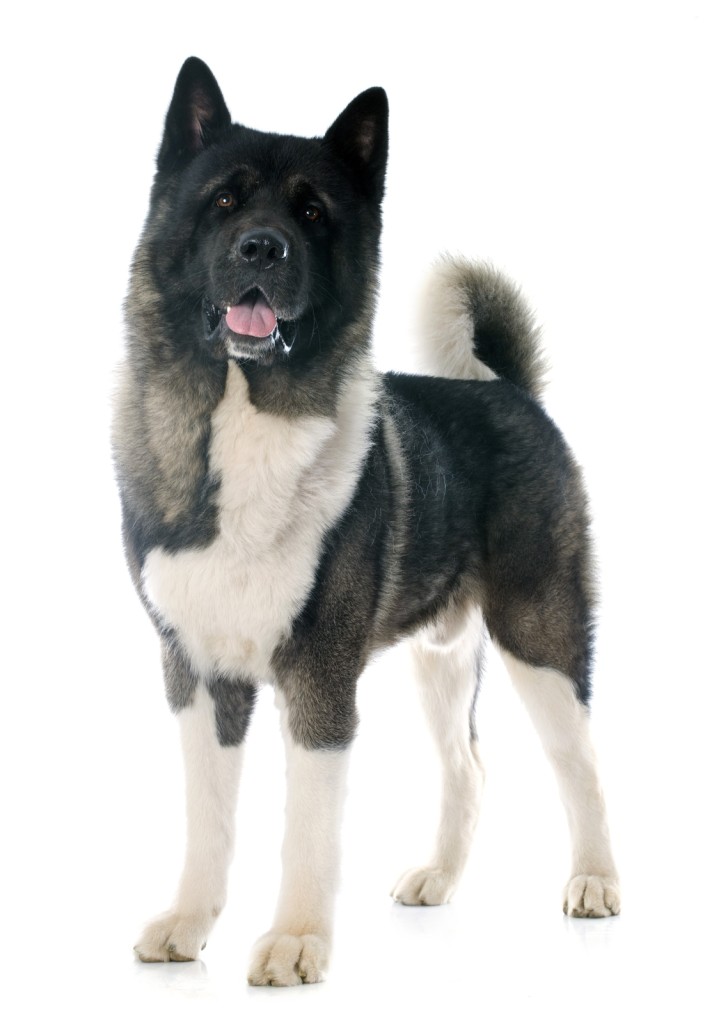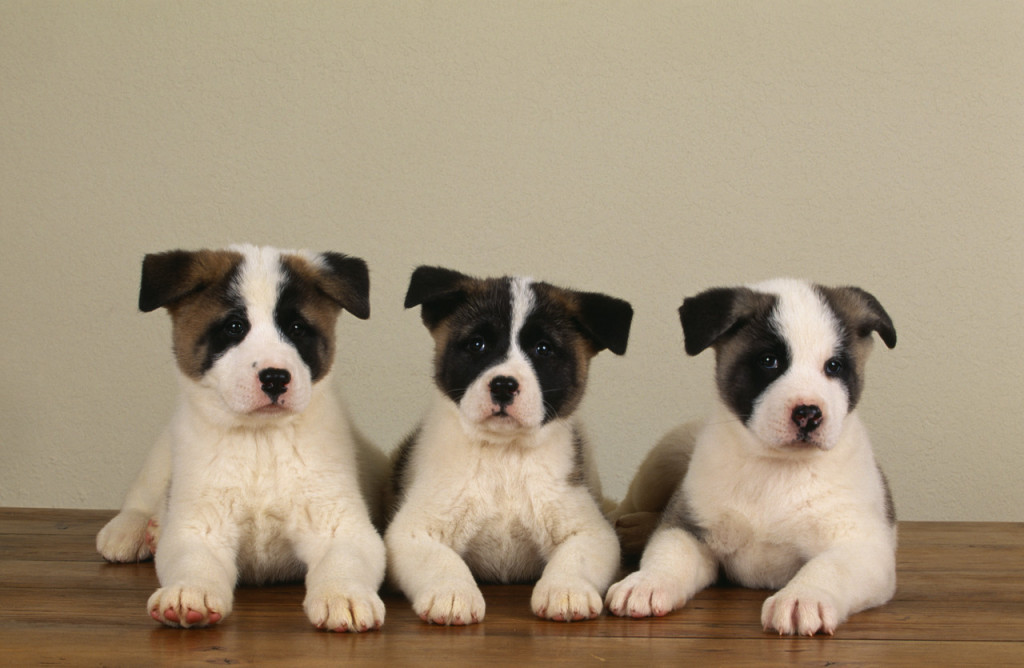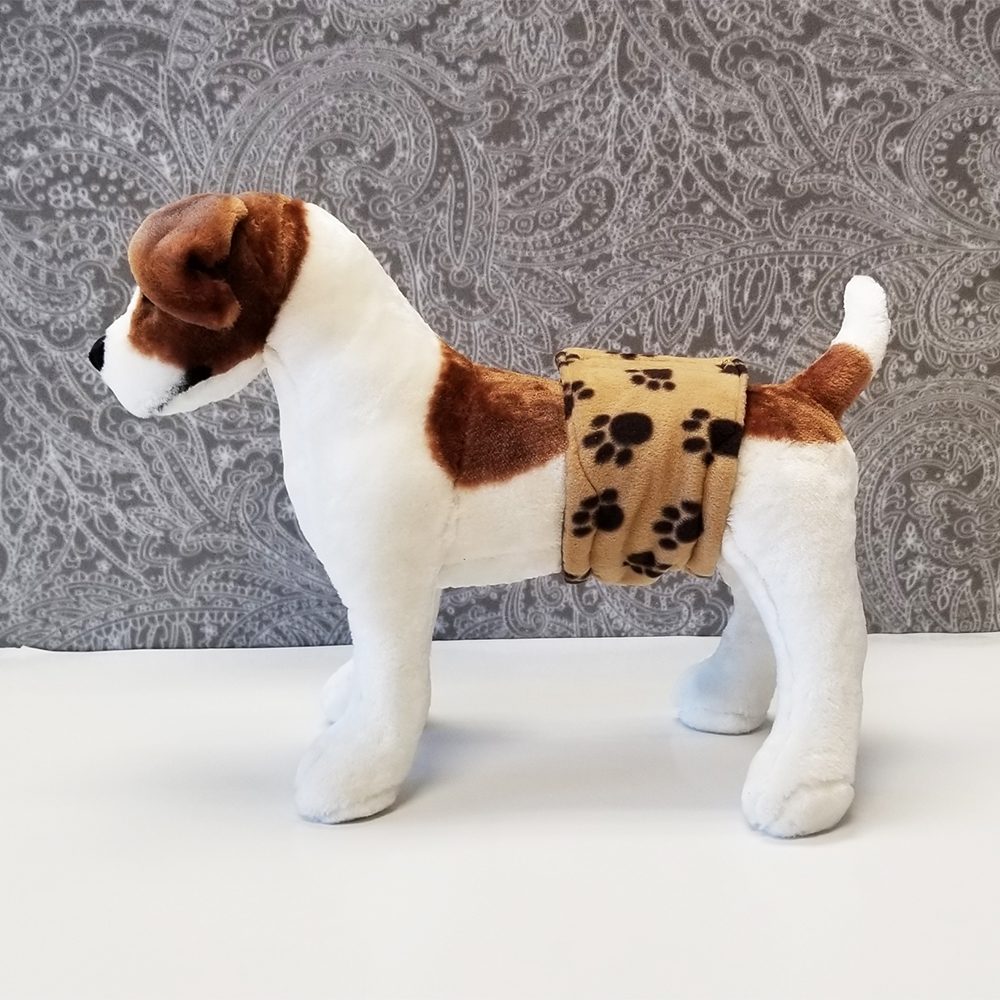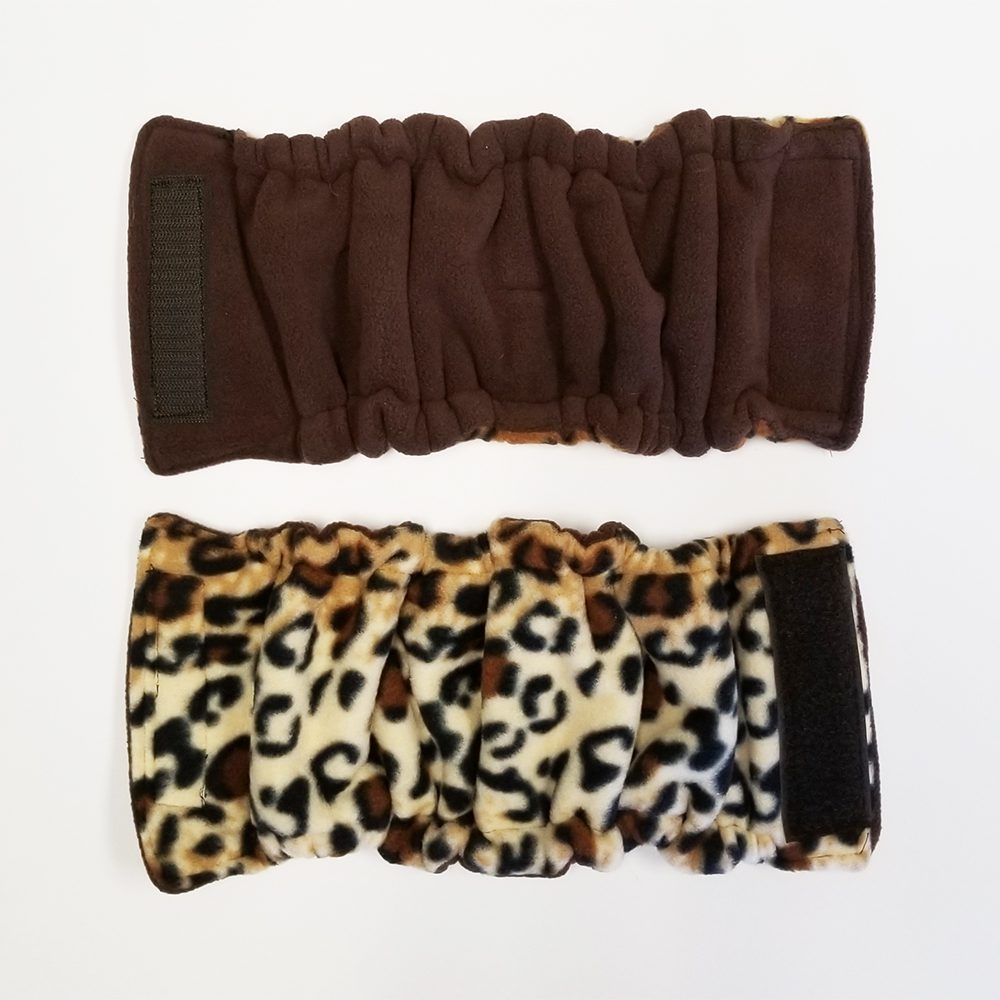Akita

Akita: A Symbol of Nobility and Courage
Welcome to our in-depth guide on the Akita, a breed renowned for its dignified stature and loyal temperament. This page is devoted to exploring the unique attributes and care of the Akita, a breed that embodies nobility and strength.
Overview
AKC Height: 24-28 inches
AKC Weight: 70-130 pounds
Colors: Any color including white, brindle, or pinto. Colors are brilliant and clear and markings are well balanced, with or without a mask or blaze.
Life Expectancy: 10-13 years
Group: Working Group
_____________________________________________

Physical Characteristics
- Size and Build: Akitas are large and powerful dogs, with males typically standing 26 to 28 inches at the shoulder. They have a robust, muscular build, reflecting their spitz heritage.
- Coat and Appearance: The Akita boasts a dense double coat, which can be any color including white, brindle, or pinto. Their bear-like head and alert expression are distinctive features of the breed.
Temperament and Personality
Akitas are known for their loyalty and can be affectionate with family members. They are naturally reserved and may be wary of strangers, making them excellent watchdogs. Their temperament combines courage with composure and dignity.
Training and Socialization
- Training: Akitas are intelligent but can be strong-willed, making consistent, patient training essential. Positive reinforcement methods work best.
- Exercise Needs: They require regular exercise to maintain physical and mental well-being. Daily walks, along with play sessions, are ideal.
- Socialization: Early socialization is crucial for Akitas to develop well-adjusted behavior. Exposing them to various people, environments, and situations is beneficial.
Health and Nutrition
- Diet: A balanced diet suitable for large breeds is necessary. Akitas can do well on high-quality commercial or home-prepared diets (as advised by a vet).
- Health Concerns: The breed can develop certain health issues like hip/elbow dysplasia, hypothyroidism, Dilated Cardiomyopathy (DCM), PRA, Sebaceous Adenitis. Regular veterinary check-ups and health screenings are important. Dog Health Dictionary
Grooming and Care
- Coat Maintenance: Their thick coat requires regular grooming, especially during shedding seasons. Brushing a few times a week helps manage shedding.
- Overall Care: Regular nail trimming, ear cleaning, and dental care are essential to keep them in good health.
Living with an Akita
- Family Dynamics: Akitas are loyal to their family and can be good with children if raised with them. Their protective nature should be channeled appropriately.
- Adaptability: They adapt well to different living environments but need sufficient space for exercise.
- Long-Term Commitment: Akitas form deep bonds with their owners. They require a commitment to their exercise, training, and grooming needs.
Responsible Ownership and Adoption
- Choosing a Breeder: It’s important to select a reputable breeder who focuses on the health and temperament of their Akitas.
- Adoption: Consider adopting from shelters or breed-specific rescues where Akitas may be waiting for a new home.
.
Conclusion: The Akita is a majestic and loyal breed, known for its noble demeanor and strong character. They make wonderful companions for those who appreciate their distinctive traits and are willing to invest in their care and training. An Akita in your life brings a blend of dignity, loyalty, and quiet strength.
Housebreaking
PUPPY HOUSEBREAKING tips: https://www.dog-breeds.net/puppy-housebreaking/
ADULT MARKING AND RETRAINING tips: https://www.dog-breeds.net/dog-housebreaking-marking-page/



